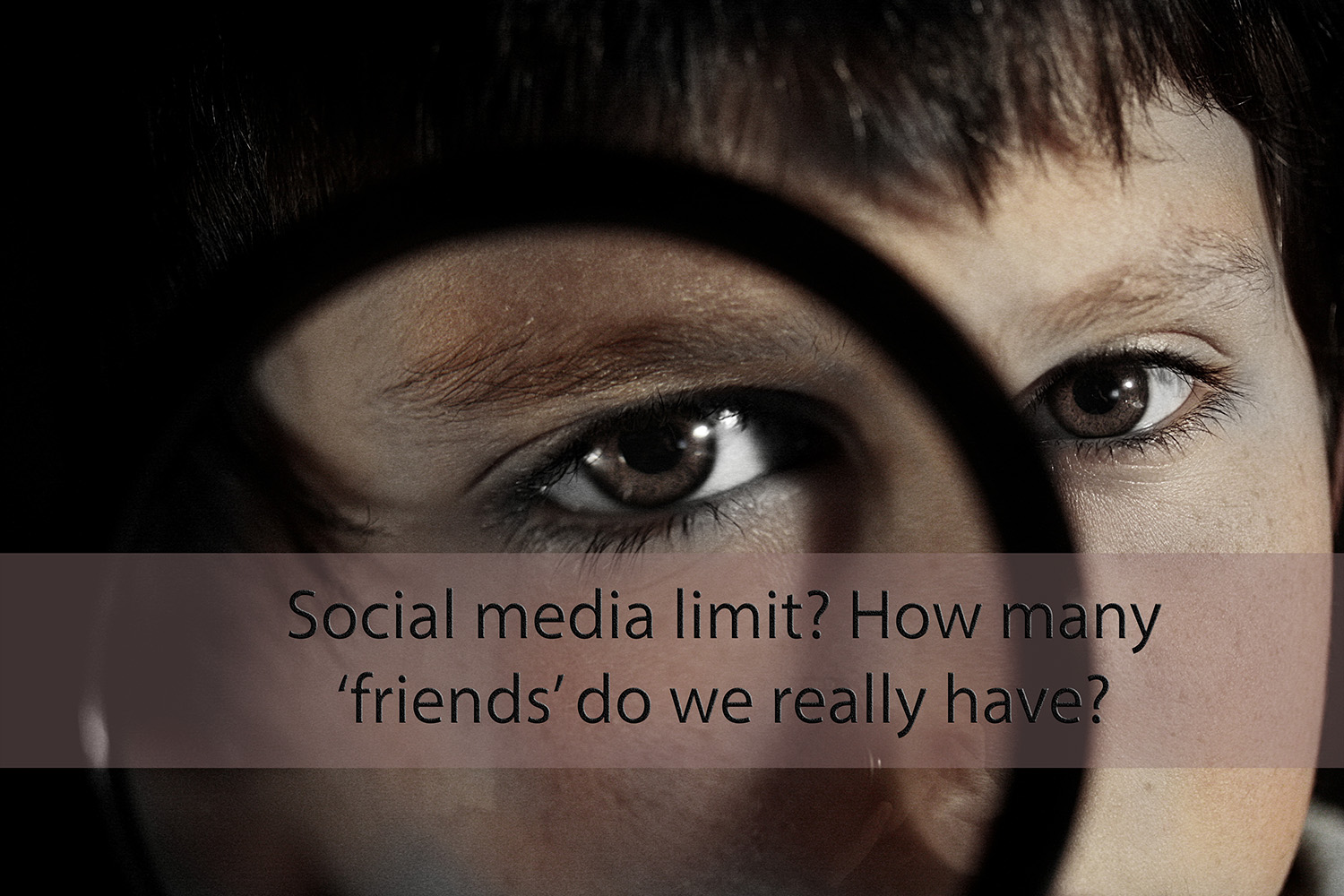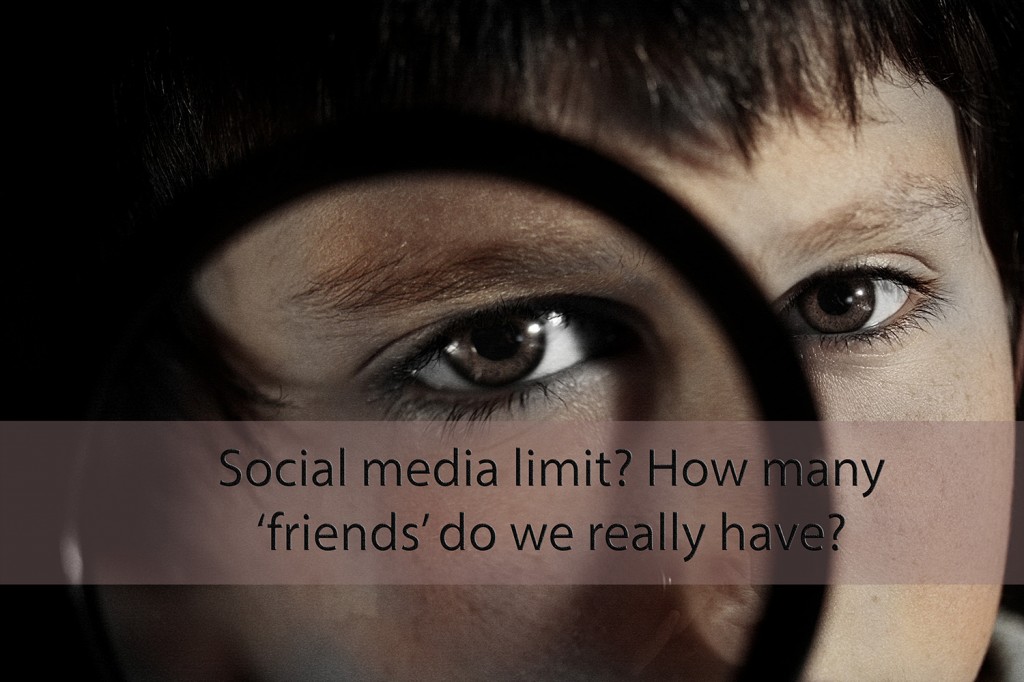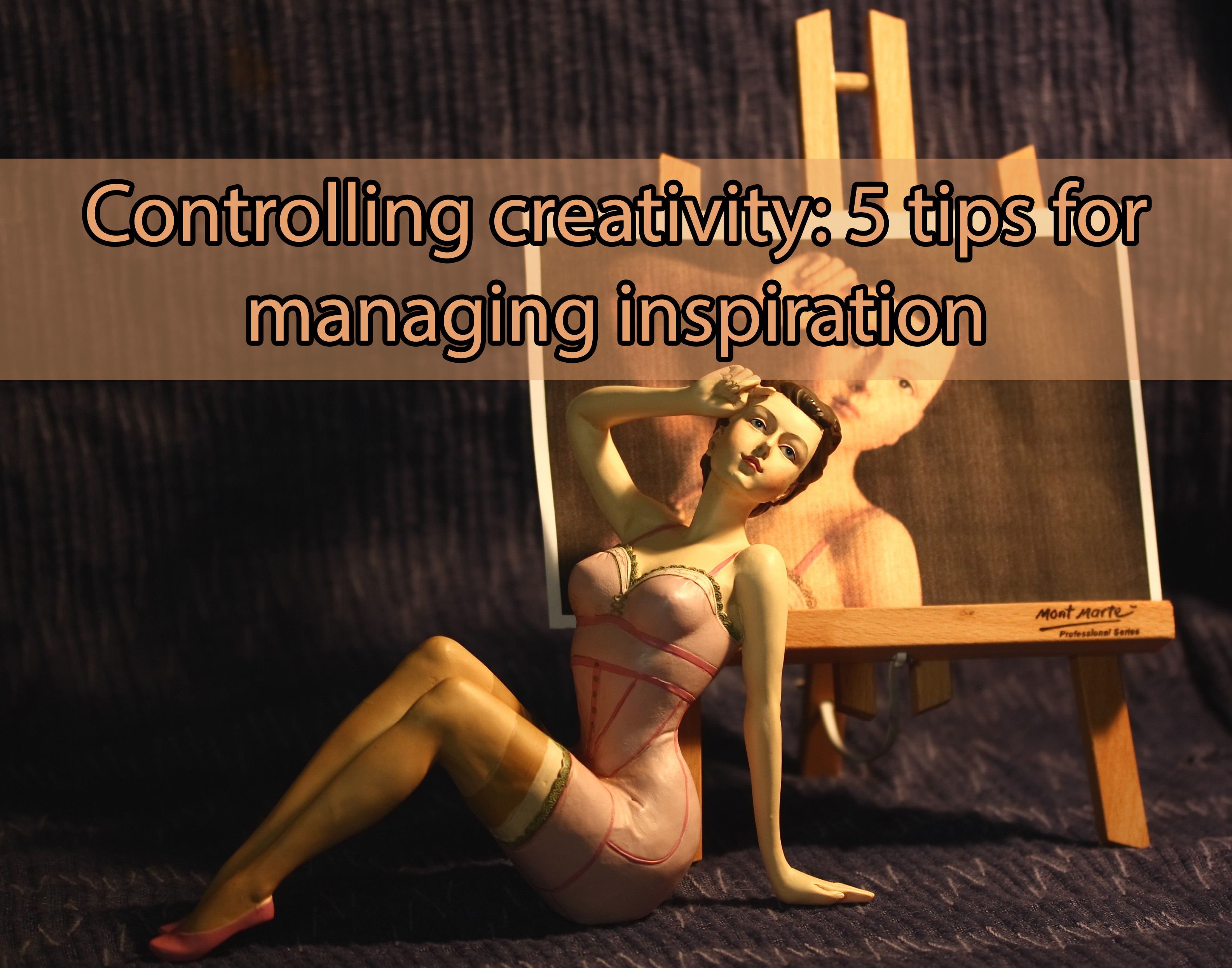
Social media limit secret: you only have 150 connections
Day 9 of 30-day blog challenge: read day 8 – “Why Google Plus is No Joke”

We all know the importance of human connection and a sense of community, but many of us may not know that Robin Dunbar claims 150 is the magic number when it comes to just how many people we can maintain a meaningful connection to. Or, at least Dunbar means our biological programming has us naturally grouping in communities of about 150.
I read an article by Chris Street, “I Culled Half My Facebook Friends…,” where Street made the point about quality over quantity even in the face of our psychological need for belonging. The article made sense in that face of effective use of social media as well. Only recently have I begun trying to brand myself as not only a writer but also a marketer who can, through the implementation of a blog, help small businesses.
Trying to balance my belief in quality over quantity and managing an effective social media marketing strategy, I’ve started rethinking my Facebook strategy. When I heard about the Dunbar idea of a community only comprising 150 people, I wondered whether social media was changing all that.
I’ve come to the conclusion that no, social media saturation does not change the communities and their natural groupings of 150. Think about it: while we nearly all have a Facebook account (and several of us maintain two or more), we only see those posts in our news feeds from the same friends and family members with whom we interact most. Much of this has to do with EdgeRank, the algorithm Facebook uses to determine what you see in your news feed.
Why we always see the same friends’ posts in Facebook
The idea that your social media is limited comes from to the simple fact that Facebook cannot show you every single post in chronological order because the volume is too high. Another social media application, Path, limits the number of connections to 150 based on the desire to cultivate a true, deep community.
For any of us trying to keep in touch with high school and college friends, we can connect on Facebook and use the database as an online address book. When we need to look up cousin Jane or nephew Francis, we consult the search bar for our Facebook friends and as long as we are connected the account will pop up. But as far as actively engaging and networking for some purpose or branding goal, we should make conscious decisions about the friends we accept and how we maintain our news feeds.
On LinkedIn, my rule is to only accept invitations from people I know–and not only know but also want in my job-seeking community. Some friends and even family members will do nothing for your professional appearance. I will also accept connection requests on LinkedIn from those in my industry and in my local area. I’ve grown a decent network that has led to job offers and more freelance work.
For Facebook, I still largely see the site as the public. By that I mean that though I want to network and grow my personal brand, I hang out in the downtown atmosphere of high school friends, college roommates and family members. I don’t feel it’s worth the drama or trouble to unfriend someone I’ve met in real life. I don’t generally have trouble with overly political or negative people, but I make it a point not to interact with those who tend toward the, er, dark side.
A truth-in-jest joke I heard at a conference made sense to me as I wrapped my mind around starting a Twitter account: Facebook is where we connect with all the people we went to high school with, but Twitter is where we connect with those we wish we went to high school with. On Twitter, I actively engage and follow those who write their own content on social media marketing, content management and journalism. As a rule, I follow anyone back who is in my industry and who shares articles I want to read about my industry. Social media is always changing and growing. No one is an expert but he or she who studies it constantly.
So, the secret to social media isn’t much of a secret in light of what we’ve gleaned from evolution, biology and psychology. We humans gravitate toward smaller, manageable communities where we feel we belong and where our self-esteem can flourish. In cultivating a strategy for personal branding and social media marketing, though, think carefully about how you interact and with whom across various networks. Maybe you maintain close relationships with hundreds of people–if you do, please leave a comment and let me know.



One Comment
Pingback: